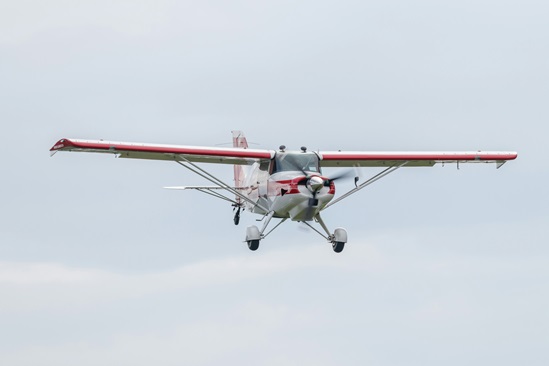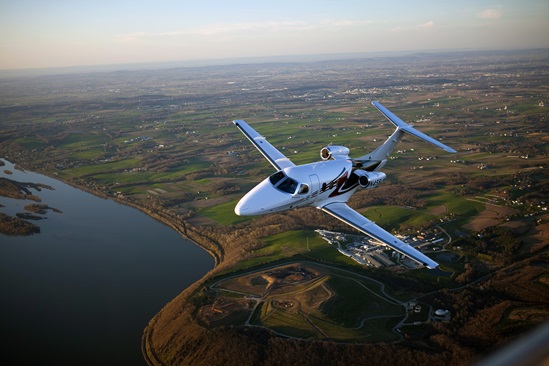
Mike Yodice
- Director of Legal Service Plans at Yodice Associates
- Counsels Legal Services Plan/Pilot Protection Services members on FAA compliance and enforcement
- Regularly flies a Piper J-3 Cub and a Cherokee 180
You won’t find the terms wet lease or dry lease in the definition and abbreviations of Part 1 of the federal aviation regulations. Instead, we’re forced to rely on FAA chief counsel opinions and NTSB case law to guide us on their meanings. The FAA generally considers a wet lease to be an operation where the lessor provides both the aircraft and the crew and retains operational control of the flight. In contrast, a dry lease is an operation where the lessor provides only the airplane and the lessee either flies the airplane or supplies the crew independent of the lessor. And importantly, in a dry lease, operational control shifts from the lessor to the lessee. Operational control is an important concept to consider and it is defined in Part 1 of the FARs. It basically means the exercise of authority over initiating, conducting, or terminating a flight.
So what’s wrong with a wet lease? Absent the regulatory accommodation provided to time-sharing agreements in FAR 91.501(b)(6) and (c)(1), which doesn’t apply to most of us, the FAA will conclude that wet leasing constitutes the carriage of passengers for compensation and hire and is regulated by Parts 119 and 135 of the FARs. In other words, if you don’t have a charter certificate, it’s a violation. You may want to think of leasing as being slippery when wet.
To learn more about AOPA Pilot Protection Services, visit www.aopa.org/pps.
To continue reading, please log in or join AOPA now to have access to these exclusive expert resources.
Aviation terminology can be confusing. In the context of regulatory compliance, it’s quite important to make a distinction between wet and dry leasing. To start, however, it’s equally important and necessary to establish that we’re not talking about a wet rate lease or a dry rate lease. Fuel, of course, is wet and so renting (or leasing) an airplane “wet” can mean the cost of fuel is included in the rate as opposed to “dry” which means it does not. The FAA doesn’t care if you rent or lease an airplane with or without fuel. They certainly do care, however, if you lease both the aircraft and the crew from the same source, which is the wet lease operation we are talking about here and that could run afoul of the regulations.


